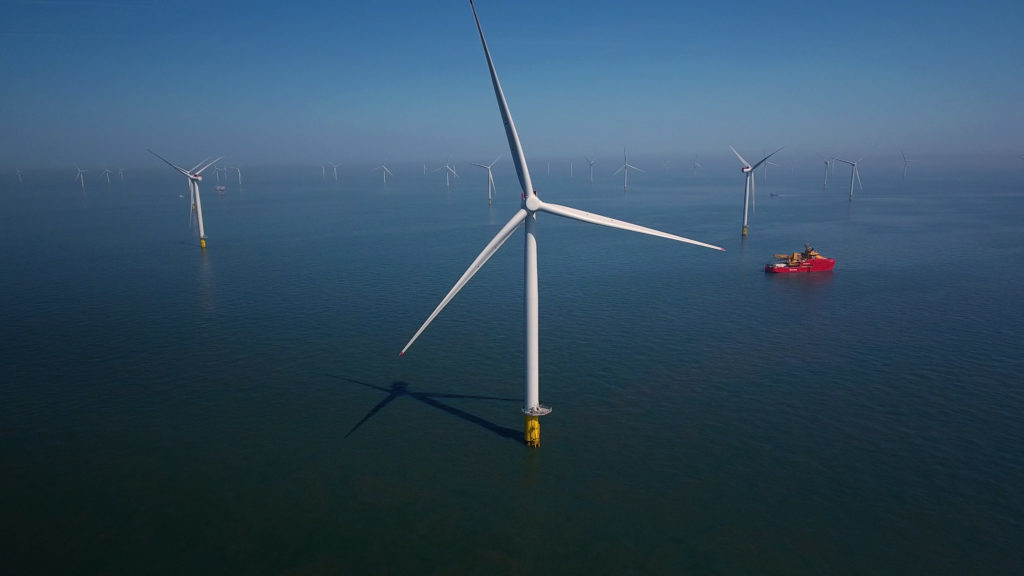
Danish offshore wind giant Orsted has seen its plans to extend its Race Bank project blocked by the UK Crown Estate as the regulative body allowed several other developments to increase their size.
The Crown Estate announced that it had allowed an increase in capacity of 2.85 gigawatts (GW) across seven projects off the coast of England and Wales.
But it also rejected Orsted’s plans to extend its Race Bank wind farm off the coast of Norfolk due to concerns over conservation.
Equinor’s Sheringham Shoal and Dudgeon projects received consent to extend alongside SSE’s Great Gabbard, E.On’s Rampion wind farm and Vattenfall’s Thanet development.
N.Power’s Gwynt y Môr wind farm of the coast of Wales and the Galloper project operated by Innogy and Siemens was also granted permission to extend.
Will Apps, head of energy development at The Crown Estate said: “Project extensions offer an efficient opportunity to unlock almost a 10% increase in the UK offshore wind portfolio, supporting the continued growth of the development pipeline and demonstrating continued strong market appetite for new projects in UK waters.”
According to the Crown Estate, it HRA determined that it would “not be possible to rule out an adverse effect on the integrity of the North Ridge Special Area of Conservation” from the Race Bank project.
It added that considerations over Race Bank would delay the seven other projects so it rejected the extension on that basis, but said it would “continue to work with the developers” to consider the next steps.
Mr Apps added: “In today’s increasingly busy sea-space, a collaborative approach will become all the more crucial, ensuring that the continued ambitious growth of offshore wind happens in balance with the wide range of other interests offshore.”
A BEIS spokesman said the decisions of extensions would “further cement” the UK’s world-leading sector by “enabling a 10% increase in the UK’s offshore wind capacity”.
He added: “This will help to achieve our goal of a third of electricity coming from offshore wind by 2030 as we continue on our path to ending our contribution to global warming entirely by 2050.”
